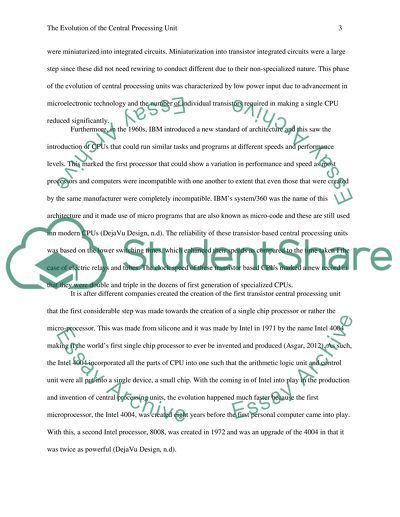Cite this document
(“The evolution of the central processing unit Research Paper”, n.d.)
The evolution of the central processing unit Research Paper. Retrieved from https://studentshare.org/information-technology/1483298-the-evolution-of-the-central-processing-unit
The evolution of the central processing unit Research Paper. Retrieved from https://studentshare.org/information-technology/1483298-the-evolution-of-the-central-processing-unit
(The Evolution of the Central Processing Unit Research Paper)
The Evolution of the Central Processing Unit Research Paper. https://studentshare.org/information-technology/1483298-the-evolution-of-the-central-processing-unit.
The Evolution of the Central Processing Unit Research Paper. https://studentshare.org/information-technology/1483298-the-evolution-of-the-central-processing-unit.
“The Evolution of the Central Processing Unit Research Paper”, n.d. https://studentshare.org/information-technology/1483298-the-evolution-of-the-central-processing-unit.


